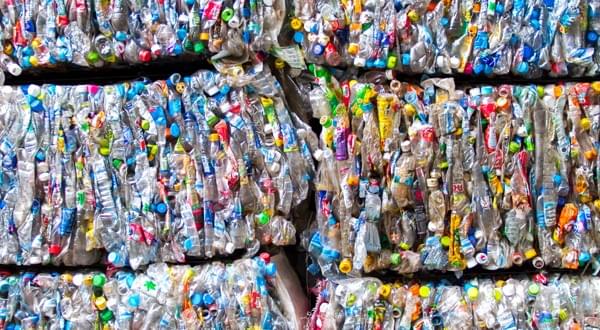LEATHERHEAD, Surrey, UK and AKRON, Ohio, USA – October, 05 2020 – Chemical recycling is one of the most exciting development areas for the global plastic industry, offering a route to a truly circular economy by breaking down mixed polymer waste to monomer building blocks that can then be reconstituted into polymers of the future.
Recent legislation and pressure from brand owners has accelerated the transition of these technologies from R&D into pilot line, and increasingly initial commercial-scale operation. The current state-of-the-art and future development of these technologies is analysed in depth in a new expert study from Smithers –
The Future of Chemical Recycling to 2025.
This examines the outlook for different chemical recycling processes to treat packaging and other plastic waste at end-of-life. These are:
- Depolymerisation
- Gasification with pure oxygen
- Hydro-thermal cracking
- Pyrolysis
- Solvent extraction and dissolution.
Mechanical recycling has already proved the market demand for recovered materials. Global demand in packaging alone is forecast to rise from 1.88 million tonnes in 2020 to 2.51 million tonnes in 2025. This is for PET principally, but chemical recycling offers an alternative route for it and other common polymer types, without the need for complicated sorting procedures. In the short-term the market is also reacting to the impact of the Covid-19 pandemic. This has damaged certain end-use markets, and put a new emphasis on cost control, even as oil prices have dropped rapidly, making recycled feedstocks less price-competitive.
Efficient chemical recycling promises to capture carbon and reuse it by creating new molecules, leading to more sustainable chemicals and plastics. Inefficient chemical recycling will only consume energy, and potentially needlessly add to global CO
2 emissions, however.
To contextualise its position within a future green economy, Smithers examines chemical recycling alongside competing mechanical polymer recycling technologies, as well as biomass pyrolysis. The suitability of chemical recycling varies across polymer types. To accurately forecast the evolution of chemical recycling this research sub-divides its analysis across all major plastic grades and formats for the five different processes.
The true market outlook through to 2025 is further informed by examination of legislative trends supporting, or in cases inhibiting, the use of plastics derived from recycling processes.
Europe is currently the leading market for recycled plastics – due in part to legislation such as the 2019 Single-use Plastics Directive; but demand is accelerating in both Asia-Pacific and North America as well.
The Future of Chemical Recycling to 2025 maps legislative trends in the EU and 15 other major national markets to give further insight into when and where chemical recycling will have the greatest commercial impact.
When implemented correctly chemical recycling will be a very clean process, and as it sees wider adoption, purpose-built plants can be located near polymer waste sites, and optimised to use sustainable energy – further improving its green credentials.
The Future of Chemical Recycling to 2025
includes expert analysis of the current state-of-the-art for chemical recycling and critically analyses the future commercialisation of these in different world regions and for all major polymer types.
Find out more here.
